Rising Healthcare Expenditure
The surgical simulation market in South America is positively influenced by the rising healthcare expenditure across various countries in the region. Governments and private sectors are allocating more funds towards healthcare infrastructure, which includes investments in medical training and education. In 2025, healthcare spending in South America is expected to reach approximately $500 billion, with a significant portion directed towards enhancing surgical training capabilities. This financial commitment enables institutions to acquire advanced simulation technologies, thereby improving the quality of surgical education. As a result, the surgical simulation market is likely to expand, driven by the increasing availability of resources for training healthcare professionals.
Growing Demand for Surgical Training
The surgical simulation market in South America experiences a notable increase in demand for advanced surgical training solutions. As healthcare professionals seek to enhance their skills, the need for realistic training environments becomes paramount. This demand is driven by the rising complexity of surgical procedures and the necessity for practitioners to maintain high proficiency levels. In 2025, the market is projected to grow at a CAGR of approximately 15%, reflecting the urgency for effective training methodologies. Institutions are increasingly adopting simulation technologies to provide hands-on experience without risking patient safety. This trend indicates a shift towards integrating simulation into surgical curricula, thereby enhancing the overall quality of surgical education in the region.
Collaboration with Technology Providers
Collaboration between educational institutions and technology providers is emerging as a significant driver for the surgical simulation market in South America. Partnerships facilitate the development of tailored simulation solutions that meet the specific needs of medical training programs. By working together, institutions can leverage cutting-edge technologies to enhance their curricula and provide students with the most relevant training experiences. This collaborative approach is expected to lead to a more robust surgical simulation market, as it fosters innovation and ensures that training tools remain aligned with the evolving demands of the healthcare sector. As these partnerships grow, the market is likely to see increased investment and improved training outcomes.
Regulatory Support for Simulation Technologies
Regulatory bodies in South America are increasingly recognizing the importance of surgical simulation technologies in improving healthcare outcomes. This support manifests through the establishment of guidelines and standards that promote the adoption of simulation in medical training. As regulations evolve, institutions are encouraged to incorporate these technologies into their educational frameworks. The surgical simulation market benefits from this regulatory backing, as it fosters an environment conducive to innovation and investment. By 2025, it is anticipated that regulatory frameworks will further facilitate the integration of simulation tools, leading to enhanced training programs and improved surgical competencies across the region.
Technological Integration in Medical Education
The integration of advanced technologies into medical education is a key driver for the surgical simulation market in South America. Institutions are increasingly adopting virtual reality (VR) and augmented reality (AR) tools to create immersive training experiences. These technologies allow for realistic simulations of surgical procedures, enabling learners to practice in a safe environment. By 2025, it is projected that the adoption of VR and AR in surgical training will increase by over 20%, reflecting a growing recognition of their effectiveness. This trend not only enhances the learning experience but also prepares healthcare professionals for real-world challenges, thereby contributing to the overall growth of the surgical simulation market.


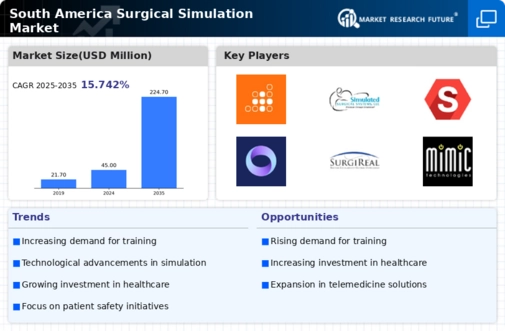
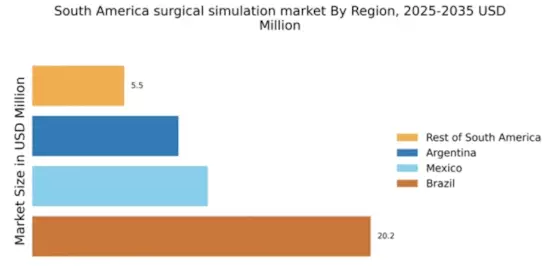
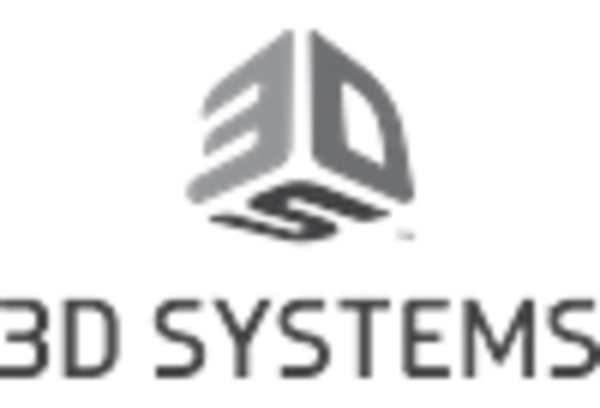
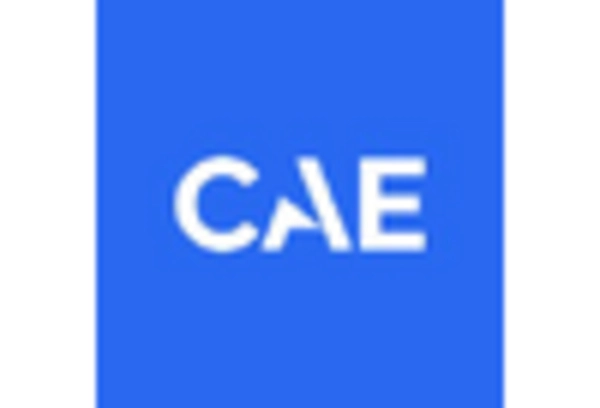

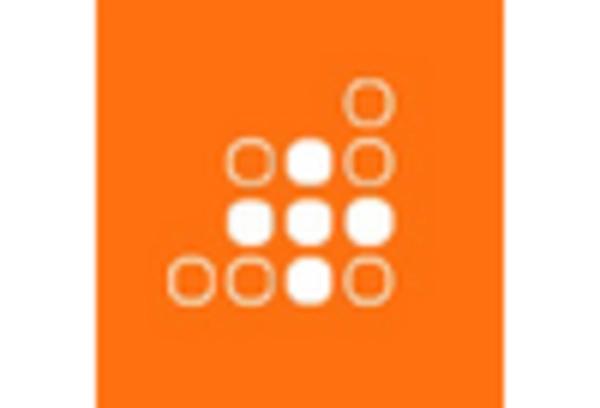
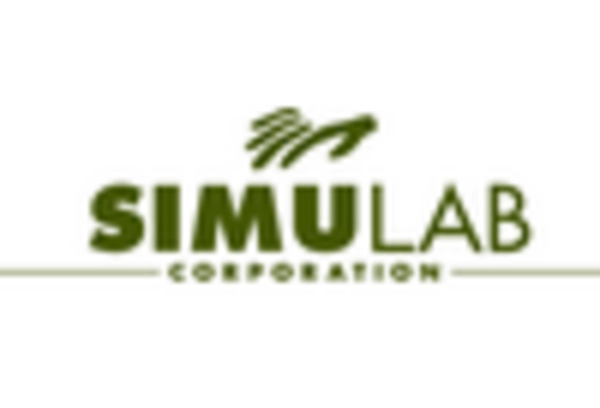









Leave a Comment